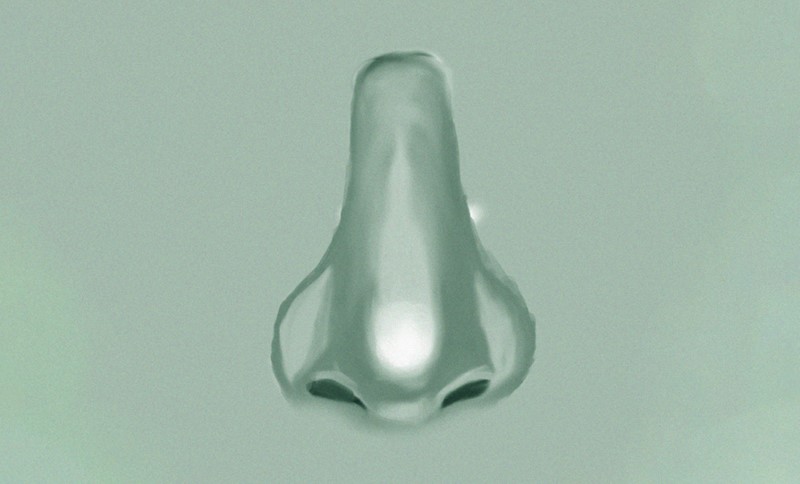
Editor’s Note: This article was reprinted with permission from Techletter, a training letter for professional pest control technicians from Pinto & Associates.
Some technicians insist they can smell bed bugs before they ever see them. Most noticeable in a heavy infestation, the odor is usually described as a sweet, musty smell. Some say it smells like cilantro or spoiled raspberries. If you didn’t know the source of the odor, you probably wouldn’t mind it at all.
It’s been assumed that the odor was a combination of the bugs themselves, along with the smell of human blood in their feces and dried blood on bed linens.
Researchers at the University of California, Riverside, found that the odor comes from four different aldehydes produced by bed bug glands. The distinctive odor is not restricted to live bed bugs. The sweet smell is retained even in the shed skins (exuviae) of bed bugs that have molted. It is likely that these are among the scents that bed bug dogs detect. The fact that the scent persists even in shed skins could present a problem if dogs are presumed to alert on only live bed bugs and active infestations.
The researchers found that the four aldehydes were present in shed bed bug skins regardless of the stage of development of the nymph. They then aged the shed skins and found that the amount of the compounds present did gradually decrease over time but was still detectable even after 99 days.
The aldehydes act as attractant pheromones for bed bugs. Bed bugs are more likely to hide in harborage sites where they can sense the presence of these compounds. As soon as a bed bug detects the familiar odor, it stops and tends to remain in the area.
Some bed bug traps have added pheromone lures. Some PMPs have been known to collect shed bed bug skins, wrap them in tissue, and freeze them to kill any eggs attached. They then add the tissue lure to their monitors as a bed bug attractant.

Explore the June 2020 Issue
Check out more from this issue and find you next story to read.
Latest from Pest Control Technology
- Gaining Control of Structure-Infesting Carpenter Ants
- Big Blue Bug’s Brian Goldman Receives Rhode Island Small Business Person of the Year Award
- UF Researchers Examine How Much Bait it Takes to Eliminate a Subterranean Termite Colony
- Women in Pest Control Group Continues to Grow, Provide Opportunities in the Industry
- NPMA Announces Results of 2024-2025 Board of Directors Election
- Massey Services Acquires Orange Environmental Services
- Hawx Pest Control Wins Bronze Stevie Award for Sustainability
- Abell Pest Control Highlights Growing Tick Activity Across Canada





